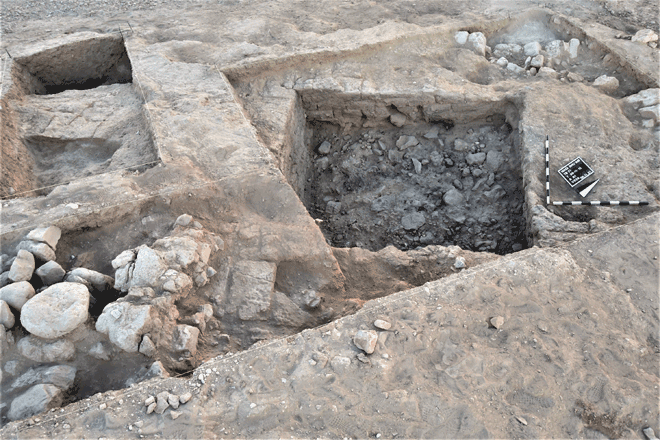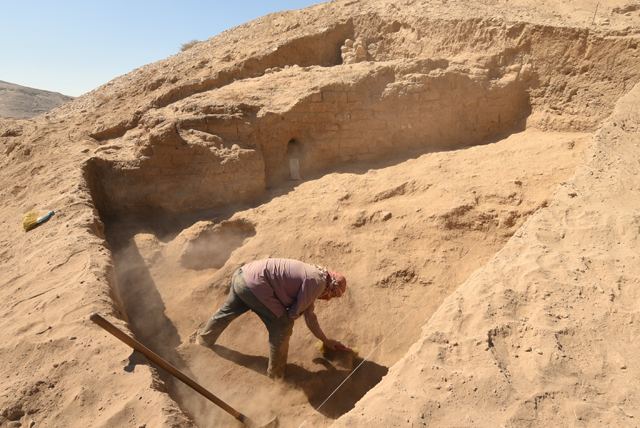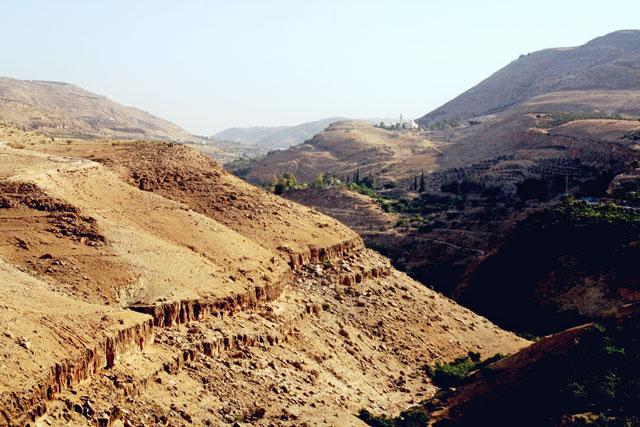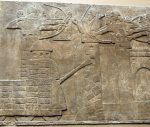You are here
Archaeologist reflects on Tell Bleibil excavations after pandemic-induced pause
By Saeb Rawashdeh - Feb 13,2023 - Last updated at Feb 13,2023

The excavation at Tell Bleibil, an Iron Age site, conducted by Alexander Ahrens and his team (Photo courtesy of Alexander Arens)
AMMAN — After a pandemic-induced break in active field work in 2020, archaeological work in Jordan’s Wadi Shuaib resumed in 2021, said Alexander Ahrens from the German Archaeological Institute in a recent interview with The Jordan Times.
“The archaeological work focused on the excavations at Tell Bleibil, located at the southern end of the wadi. Here, we were able to uncover parts of an Iron Age fortification system in 2021 and 2022, which came to an end through massive conflagration,” noted the German archaeologist.
The site was initially settled during the Bronze Age, according to results from the institute’s survey of the area, but the site was likely fortified with massive walls only during the Iron Age, around 800BC, Ahrens said, adding that this hypothesis is also in accordance with radiocarbon dating of the foundation of the fortification walls.
“The site was settled until its destruction in the early 6th century BC, according to the pottery found within the destruction levels. A Persian period settlement followed a century later, which continued until the 4th century BC, which in turn was followed by a Hellenistic phase. After that, the site was abandoned,” Ahrens said.
It is not yet clear who destroyed the site, he added.
The destruction can be attributed to either Assyrian or Neo-Babylonian military campaigns, the scholar highlighted.
“Given the date of the pottery found, perhaps a Neo-Babylonian military campaign is more likely, which then seems to have occurred around 582BC,” he said.
Besides other objects found at Wadi Shuaib, the team discovered a vessel with Aramaic inscriptions.
“The vessel with an Aramaic inscription was most probably used to store a liquid, such as oil, milk, or most likely — wine,” Ahrens said, adding that the inscription does not mention what was stored inside the vessel, but mentions the owner.
“Whatever it was that was kept inside the vessel, it was clearly a rather
precious commodity,” Ahrens noted.
Related Articles
AMMAN — Tell Bleibil is a site located in the southern Jordan Valley, where a team of German archaeologists has been excavating for years.
AMMAN — The results of the Wadi Shu’aib Archaeological Survey Project (WSAS) were presented on Sunday, during a lecture by project director
AMMAN — The Jordan Valley and the Transjordanian Highlands are two distinctive regions, however material culture found in the two areas poin
















